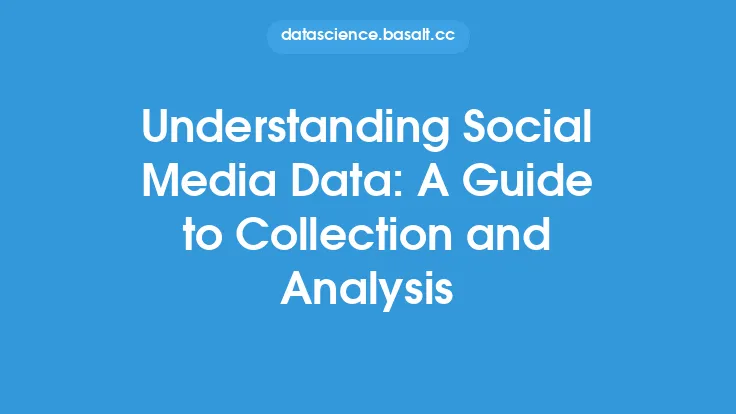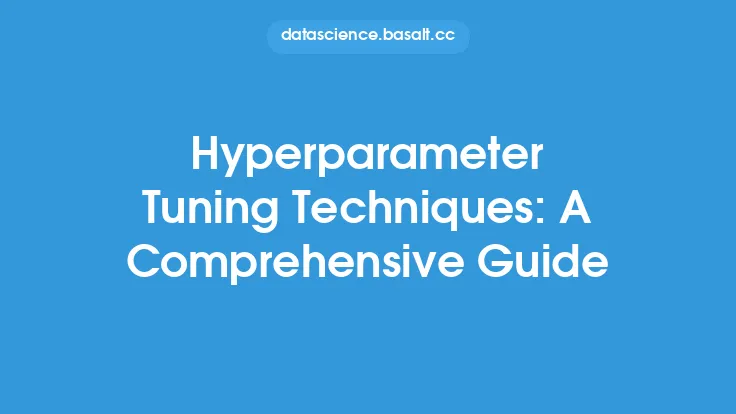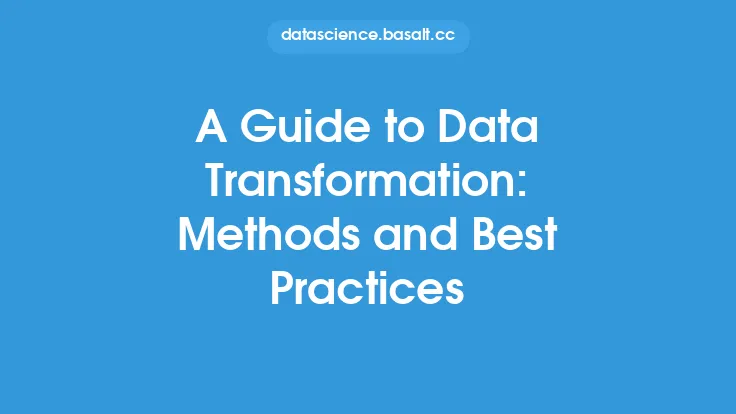Data ingestion is the process of collecting, transporting, and processing data from various sources to a target system, such as a data warehouse, data lake, or database. It is a critical component of the data engineering ecosystem, as it enables organizations to gather and prepare data for analysis, reporting, and decision-making. In this article, we will delve into the fundamentals of data ingestion, its importance, and the various techniques and technologies used to support it.
What is Data Ingestion?
Data ingestion involves a series of steps, including data collection, data processing, and data storage. The process begins with data collection, where data is gathered from various sources, such as applications, sensors, social media, or files. The collected data is then processed, which may involve data cleaning, data transformation, and data formatting. Finally, the processed data is stored in a target system, where it can be accessed and analyzed.
Types of Data Ingestion
There are several types of data ingestion, including batch processing, real-time processing, and streaming data ingestion. Batch processing involves collecting and processing data in batches, typically on a scheduled basis. Real-time processing involves collecting and processing data as it is generated, often using event-driven architectures. Streaming data ingestion involves collecting and processing data in real-time, using technologies such as Apache Kafka or Amazon Kinesis.
Data Ingestion Architecture
A typical data ingestion architecture consists of several components, including data sources, data collectors, data processors, and data stores. Data sources are the systems or applications that generate data, such as databases, applications, or sensors. Data collectors are responsible for gathering data from the data sources and transporting it to the data processor. Data processors are responsible for processing the collected data, which may involve data cleaning, data transformation, and data formatting. Data stores are the target systems where the processed data is stored, such as data warehouses, data lakes, or databases.
Data Ingestion Techniques
There are several data ingestion techniques, including log file ingestion, API-based ingestion, and file-based ingestion. Log file ingestion involves collecting and processing log data from applications or systems. API-based ingestion involves using application programming interfaces (APIs) to collect data from applications or services. File-based ingestion involves collecting and processing data from files, such as CSV or JSON files.
Data Ingestion Tools and Technologies
There are several data ingestion tools and technologies available, including Apache NiFi, Apache Beam, and AWS Glue. Apache NiFi is an open-source data ingestion tool that provides a flexible and scalable way to collect, process, and distribute data. Apache Beam is an open-source data processing framework that provides a unified programming model for both batch and streaming data processing. AWS Glue is a fully managed data ingestion and processing service that provides a scalable and secure way to collect, process, and store data.
Data Ingestion Challenges
Data ingestion can be challenging, particularly when dealing with large volumes of data or complex data sources. Some common data ingestion challenges include data quality issues, data consistency issues, and data security issues. Data quality issues can arise when data is incomplete, inaccurate, or inconsistent. Data consistency issues can arise when data is collected from multiple sources, each with its own format and structure. Data security issues can arise when sensitive data is collected and processed, requiring special handling and protection.
Best Practices for Data Ingestion
To ensure successful data ingestion, several best practices should be followed. These include designing a scalable and flexible data ingestion architecture, implementing data quality checks and validation, and ensuring data security and compliance. Additionally, it is essential to monitor and optimize data ingestion processes, to ensure that data is collected and processed efficiently and effectively.
Conclusion
In conclusion, data ingestion is a critical component of the data engineering ecosystem, enabling organizations to gather and prepare data for analysis, reporting, and decision-making. By understanding the fundamentals of data ingestion, its importance, and the various techniques and technologies used to support it, organizations can design and implement effective data ingestion architectures that meet their needs. Whether using batch processing, real-time processing, or streaming data ingestion, organizations can ensure that their data is collected, processed, and stored in a way that supports their business goals and objectives.





